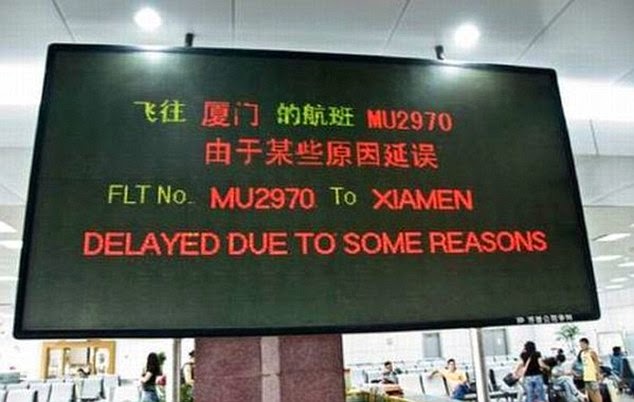"The word 'translation' comes, etymologically, from the Latin for 'bearing across'. Having been borne across the world, we are translated men. It is normally supposed that something always gets lost in translation; I cling, obstinately to the notion that something can also be gained." -Salman Rushdie, Imaginary Homelands: Essays and Criticism 1981-1991
People in countries around the globe use various forms of communication on a daily basis. There is non-verbal communication, hand gestures, written language, and spoken language. While each of these forms of communication may work exceptionally well within our own communities while we're surrounded by people of our own culture, once we take these communication forms outside of our native culture, we may begin to run into problems.
As we can see in the video above, hand gestures that mean something in the American culture can mean something entirely different as well as something offensive in other cultures around the world. Hand gestures do not translate well 100% of the time; similarly, words are often poorly translated cross-culturally. One area that suffers greatly from poor translation is cross-cultural advertising. Below are several examples of poor translation as written in an article by Mike Fromowitz.
Advertising is not the only example we see of poor translation. While researching translation errors, a popular search result that I came across was sign translations within international airports. By looking at these examples we get a good sense of how easily translations can be lost to error. One can get a good sense of how difficult it is to translate across two very different languages. As a native-born English speaker, I can admit that I cannot fluently speak a second language; however, by seeing how flawed an English translation can become in an Asian-to-English translation, it allows me to see how flawed and Asian translation might be in an English-to-Asian translation.
A poor understanding of language and a poor sense of research of language are two large issues when it comes to translation. Seeing the English translation found on signs within international airports makes me wonder what other areas of translation might not be up to par. Understandably, a sign in an airport is not of utmost importance and may be in and of itself an answer as to whether or not other English translation are done as poorly as these signs. But it does make me stop and wonder how many of our English translations of ancient Greek and Old English text are actually botched up translations.
coherent
adjective co·her·ent \kō-ˈhir-ənt, -ˈher-\
: logical and well-organized : easy to understand
: able to talk or express yourself in a clear way that can be easily understood
: working closely and well together
1 a : logically or aesthetically ordered or integrated : consistent
b : having clarity or intelligibility : understandable
One key characteristic that is lacking greatly in the examples shown above is coherence. The definition of coherence includes characteristics such as logic, organization, clarity, intelligibility, and understanding. In a scholarly article written by Cristina Valdes and Adrian Fuentes Luque the issue of coherence in translation is discussed. Valdes and Fuentes Luque point out that, "the intended meaning of the text is successfully delivered to viewers only if the elements that constitute the target text are cohesively and coherently intertwined."
"It goes without saying that when textual cohesion fails, the intended meaning (message) is miscommunicated." -Cristina Valdes and Adrian Fuentes Luque
intertextuality
noun in·ter·tex·tu·al·i·ty \-ˌteks-chə-ˈwa-lə-tē\
: the complex interrelationship between a text and other texts taken as basic to the creation or interpretation of the text
Intertextuality is another keyword that we need to look at when talking about translations. Wikipedia defines Intertextuality as "the shaping of a text's meaning by another text." This term is also connected to the term Recontextualisation. Recontextualisation is defined by Google as "a process that extracts text, signs or meaning from its original context (decontextualisation) in order to introduce it into another context. Since the meaning of texts and signs depend on their context, recontextualisation implies a change of meaning, and often of the communicative purpose too."
A solution to avoiding poor advertisement translation is research. After reading through examples of mistake made by brands who did cross-cultural translations of their brands and slogans it seems that most of these mistake could have been easily avoided by researching the translations being used as well as cross-checking with a variety of sources.
Sources:
Lost in Translation
Cultural Blunders: Brands Gone Wrong
Coherence in Translated Television Commercials





.jpg)





No comments:
Post a Comment